Psychedelics & Creativity
Anecdotally, for decades it has been postulated that psychedelics have the ability to enhance creativity. With the tools available today, this has just recently been established through quantitative neuroscientific analysis. According to the research, psychedelics are able to \"loosen the constraints\" of the imagination, which allows for an enhanced level of creative generation and execution. The research has show that psychedelics do in fact loosen up "top-down" predictive coding, allowing for the free flow of incoming, "bottom-up" creative thoughts. In one study, the researchers established a model for creativity. According to their model, the Dynamic Framework of Thought, psychedelics work to enhance creativity by loosening both automatic and deliberate constraints on thought and the imagination. The researchers compared the psychedelic state to that of lucid dreaming. Lucid dreaming is dreamlike state in which the subject is asleep but able to have some control over creative thought. This has been supported further with EEG and fMRI studies showing vast similarities between these two brain states. Further, it has also been established that the brain activity of the psychedelic state allows for the brain to make connections and associations between ideas and constructs that one would not associate together outside of this state. To demonstrate, here is a quick exercise. I am going to say a word and I want you to think of the first word that comes to mind. Ready? The word is "Plant". Unless you are on psychedelics, you probably thought of something like "tree", "grass", or "flower". In the psychedelic state of mind however, you might think of something less closely associated, such as an animal, or the sun, or even something more far reaching. This ability to make distant associations has been implemented in the creative process.
Updating the dynamic framework of thought: Creativity and psychedelics
Psychedelics and creativity: a review of the quantitative literature
